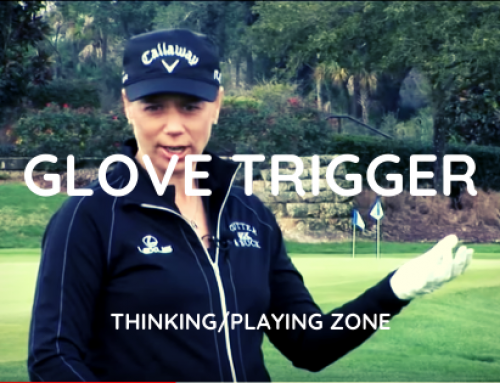The finish position doesn’t get much attention nowadays so I’ll briefly talk about it here..
Balance, poise and a specific movement pattern of the lead leg/foot is what I tend to look for at the end of the swing.
Although the pressure trends to move towards the toes/ball of the lead foot at the start of the downswing. Through impact and towards the finish of the swing the pressure moves towards the heel of the lead foot.
Watch Rory Mcilroy or Tommy Fleetwood hold their finish position next time you turn on the Golf Channel.
You’ll see them firmly balanced into their lead heel when they finish their swing. As their lead leg extends the pressure moves to towards the heel.
This is something you can practice on the range. But practice in slow motion first so that your brain understands the pattern fully.
It’s About The Process

Every time you don’t keep your balance on the course, add a mark on a Tally Chart on the bottom of your scorecard.
This is important!
At the end of your round add up your Tally Chart and make a note of how many times you DID NOT keep your balance.
The next round you play, your objective is a lower Tally Chart count. Obviously, the end goal is to have ZERO marks on the Tally Chart.
But what you’ll generally find is a correlation between lower Tally Chart count (marks) and lower scores (golf shots).
A strategy I use with some students is to get them to hold their finish until the ball lands. For Juniors I’d tell them to pretend they’re a statue until the ball lands or pose for the TV cameras until the ball lands.
Watch how Tommy Fleetwood plays his final round at The Nedbank below. Balanced finish into his lead heel.







Leave A Comment